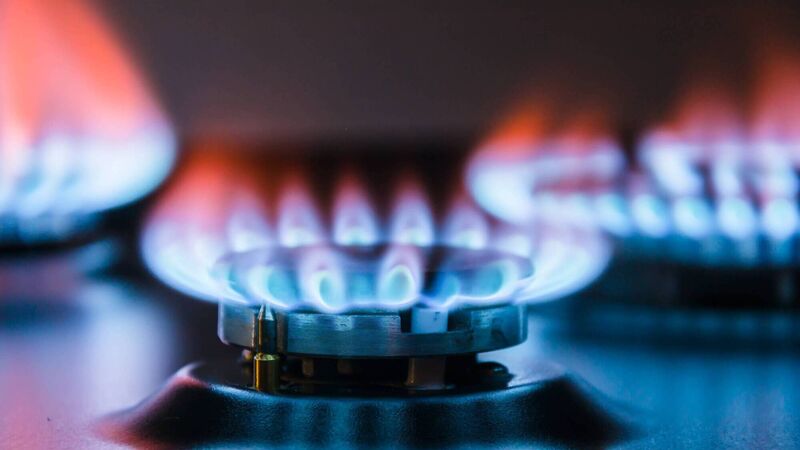Ireland the only country in the EU to raise its gas consumption

The EU spent an estimated €75bn on gas imports in the second three months of this year, of which €23bn went on Russian gas imports. File picture
Ireland was the only EU country to increase its gas consumption in the second quarter of this year, as reports from the European Commission decry Russia's "weaponisation" of its exports.
Russian geopolitical tactics had a clear impact on pushing up gas prices in the second quarter of 2022, with a knock-on effect on the whole EU energy sector, the Commission said.
After prices skyrocketed in March, they remained stable in the following two months, until Russian energy giant Gazprom cut off a number of countries, the Commission's quarterly gas and electricity market reports said.
The EU spent an estimated €75bn on gas imports in the second three months of this year, of which €23bn went on Russian gas imports. That figure is up from €20bn in the same three-month period of last year, principally owing to higher import prices, the Commission said.
All routes for importing Russian gas were strangled, with "staggering" drop-offs, the gas report said. "Flows through the Belarus transit route fell by a staggering 90% year-on-year; as of May flows fell practically to zero. Flows via the Ukrainian route fell by 51% in quarter two 2022," it said.
The gas report said that in the second quarter of 2022, the only EU member state where gas consumption showed increase year-on-year was Ireland, up by 6.4%, whereas in the other 26 countries, barring Cyprus which had no available data, gas consumption fell.
The electricity market also came under severe pressure, the Commission said in its second report. "High gas price, lower availability of nuclear power plants and weak hydroelectric output due to droughts exerted additional pressure on the wholesale electricity market," it said.
Electricity consumption in the EU registered a small decrease of -0.4% in the second quarter of this year compared with last year’s levels in the same period. This follows the impact of high electricity prices and the subsequent industrial demand reduction, despite the increase of economic activity, the report said.
Electricity consumption levels for the second quarter of 2022 were below the 2017-2019 range, it added.
Encouragingly, there was a revived push on renewable energy in the second quarter.
"The share of renewables managed to increase its share to 43%, outplaying fossil fuels (36%) during the second quarter of 2022. Renewable generation improved its output by 2% year-on-year.
"This was the result of an increase of 24% in solar generation, 10% of onshore wind, and 11% of offshore wind, despite hydro generation falling by 16% on yearly basis," the electricity report noted.
Irish firms, both large and medium-sized, paid among the highest in the EU for their electricity in the second quarter of the year, the data show, while households in Ireland were also among the steepest for bills.
"Smaller industrial consumers were assessed to pay the highest prices in Greece and Italy, followed by the Estonia and Ireland.
"On the other side of the consumer spectrum, industrial companies with large annual consumption, including most energy-intensive users, paid the highest prices in Italy, followed by Estonia and Cyprus, and Ireland.
"In the case of small households, Denmark saw the highest prices, followed by Ireland and Italy."














